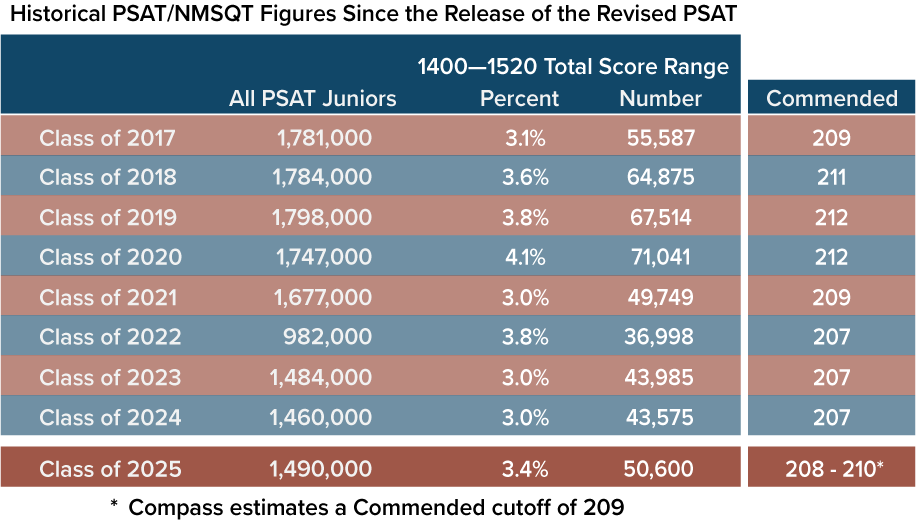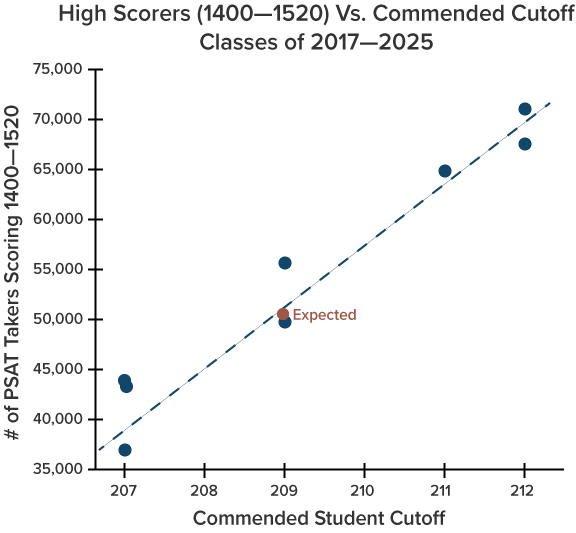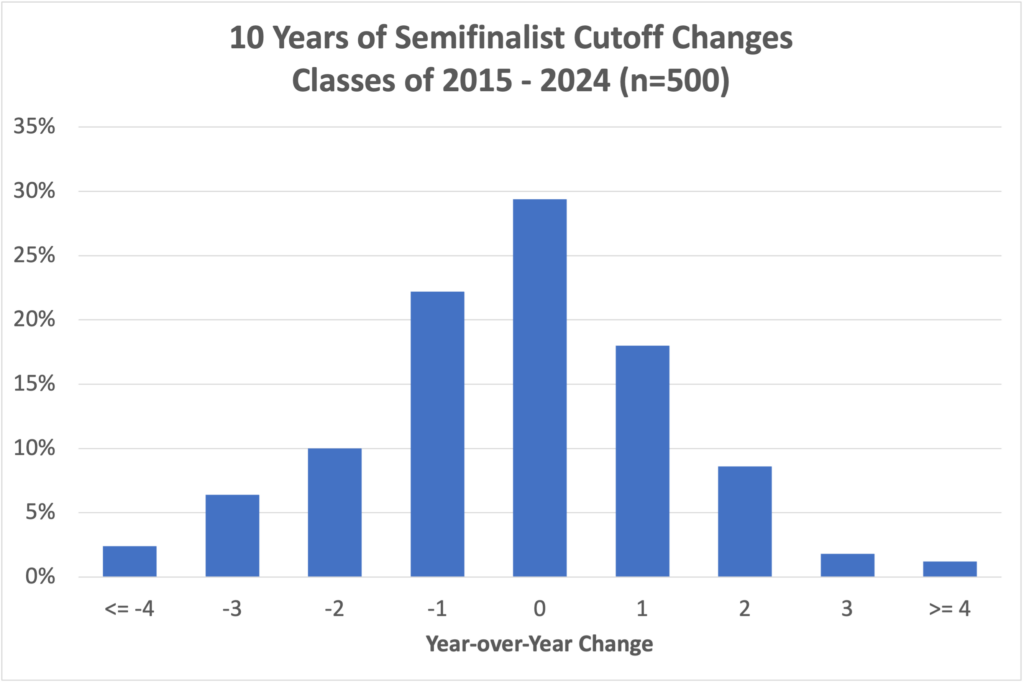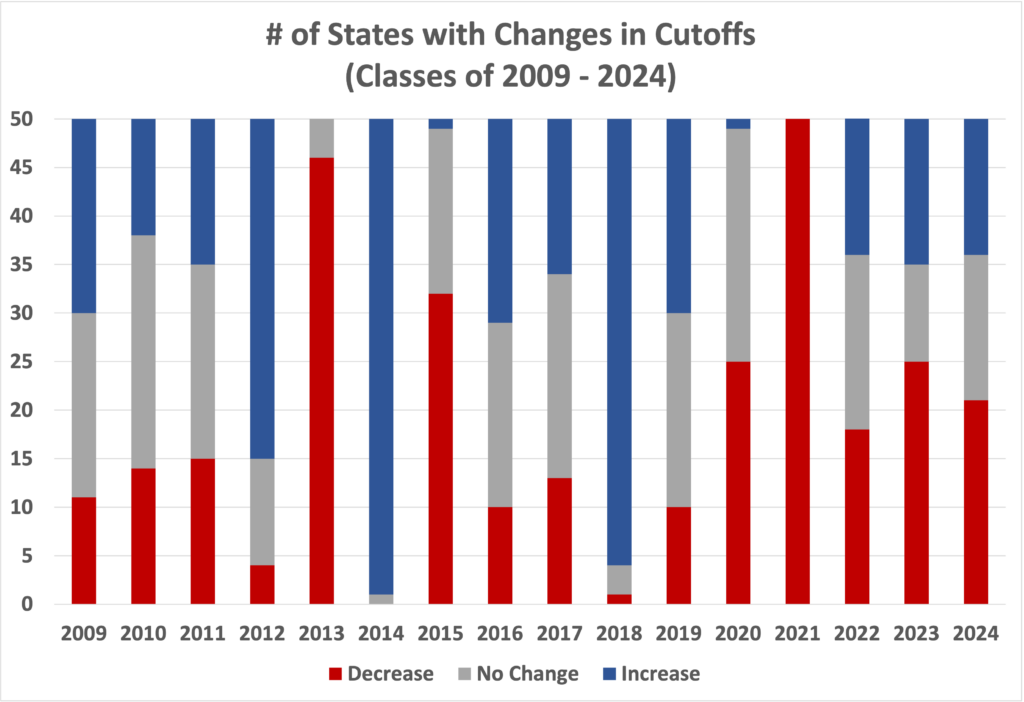
By Matt Musico
There
are a lot of moving parts when it comes to completing and submitting
college applications. Here’s what you should be keeping track of as you
complete your applications, and how admissions offices receive your
documents before reviewing them.
The
college admissions experience involves several variables. What makes
applying to college difficult for many students is that outside of a
couple of things, not much is completely in your control, and that can
be scary.
One of the myths I bust every year with students and families is how documents are received prior to college application deadlines—the
truth is, not every piece of your application needs to be submitted by
the deadline. It’s important to understand what’s needed for an
admissions office to consider your application complete and ready for
review and this knowledge will help you plan, organize, and finish your
apps with less stress.
Priority 1: Your Application Form
Of all the
things we’ll be talking about here, this is the one part of your
admissions file you have complete control over. From filling out your
basic personal and educational information, to completing an activity
list and writing your essay, it’s entirely up to you – the student – to
complete and submit your application form. And your application form must be submitted by the application deadline.
Colleges may accept multiple types of applications. Some types include the Common Application, the Coalition Application, the ApplyTexas application, the UC application, applySUNY, and school-specific applications.
Official Test Scores
For those who have taken the SAT or ACT
and plan on submitting scores, many colleges want the information
directly from the ACT or College Board, which you can order to be done
by logging on and requesting as such through the website.
My general suggestion to students is to
request official scores to be sent (which includes paying a small fee
per school) three to four weeks before application deadlines. While it’s
done electronically, scores don’t automatically land in the inbox of an
admissions office — it can take longer than one would expect to process
and add scores to your file.
Official High School Transcript
For a college to decide whether you’re academically qualified,
they’ll need to take an in-depth look at the grades you’ve earned and
the classes you’ve taken. However, your grades must be sent to colleges
in a specific way.
Your school counselor will likely be
the one sending your transcript, or you’ll be making an online order if
you use a service called Parchment for transcript requests. Your
transcript must be “official,” which means it is sent directly to the
colleges on your list, without you seeing them. The process of sending
official transcripts varies by high school, and in some cases, you may
need to meet with your school counselor and request transcripts to be
sent as early as two to four weeks prior to an application deadline.
Make sure you understand your school’s policies and process.
Counselor Recommendation and School Profile
In addition to sending college
admission offices your official transcript, it’s common for school
counselors to write and send a letter to speak on your behalf. This is
not the same as a teacher letter of recommendation, which I’ll talk more
about below.
In addition to their letter of
recommendation, your counselor will also send a school profile, which
shares pertinent information about your high school, such as the size of
your graduating class, the grading scale, what’s available in the
curriculum, the percentage of students who graduate and attend two- and
four-year colleges, and more.
Many admissions counselors read
applications from specific geographic areas, so it’s easier for them to
become familiar with a school and what’s available there. However, for
new counselors or part-time application readers, the school report gives
them a general picture of what the curriculum is like at any high
school.
Teacher Letters of Recommendation
Colleges can get a sense of your
academic achievement by dissecting your transcript, but hearing from one
or two teachers may also provide them the story behind the grades
you’ve earned. We’ve talked about what goes into the process for letters of recommendation, but there are a couple of different ways you can do this.
For those using Naviance, you can send a
request electronically to your teachers asking that they write and
submit a letter of recommendation on your behalf. You can also send
requests to potential recommenders through application platforms, such
as the Common App or Coalition Application. Not all schools require the
same number of letters of recommendation. There will be some that
require one or two, some that will require none, and others that won’t
even allow students to send them at all.
How Colleges Collect Application Materials
With all these moving parts, it’s easy
to feel overwhelmed with the idea that everything must be submitted
simultaneously. I’ve had several conversations with students and parents
in recent years that involve some variation of the following
statements:
- I’m not ready to submit my application yet because my teachers aren’t done with their letters of recommendation.
- I submitted my application two weeks ago, but I just got an email saying it’s still incomplete. Why?
Both scenarios happen because it’s
incredibly rare for a college to both receive and process all parts of
your application in one sitting. Usually, a college will get pieces of a
student’s application over the span of a week or two because several
people are responsible for getting things submitted to the colleges on
your list.
If you’re thinking about holding off on
submitting your application because other pieces haven’t been submitted
yet, don’t wait – just submit it. The most important part of your
entire file is your application form, because unlike the other pieces of
the application discussed above, it’s the only thing you have complete
control over.
Many schools also give students a one- or two-week grace period for submitting the supplemental pieces of their application – but there is no such grace period for your actual application.
Although this process is now mostly digital, humans still must add your
transcript, letters of recommendation, test scores, and other materials
to your file manually, and that takes time.
Also, if you get notified from a
college that there are pieces of your application still missing, don’t
freak out. It takes time for colleges to process all the documents they
receive, and in the middle of the application process, it’s normal for
them to be a few days — or even a week or two — behind in processing
application documents because they get so overloaded. If you get an
email, phone call, or text message notifying you about an incomplete
application, confirm with your teachers and counselor that things have
been submitted, and then let the admissions office know everything is
either already there or on its way. It’s common for a college to have
all the necessary documents in their possession, but to still consider
items “missing” because they haven’t been processed yet.
Getting everything complete and submitted prior to college
application deadlines is stressful enough without trying to submit all
materials at once. There should hopefully
be comfort in the fact that there are some areas of the process you can
control. This includes requesting letters of recommendation,
transcripts, and test scores to be sent with plenty of time before
college applications are due, as well as completing and submitting the
actual application form itself. Don’t be concerned with trying to time
everything to be submitted all at once – it rarely happens, and
admissions offices don’t expect you to submit everything in that manner,
as long as it’s submitted prior to the deadline.









